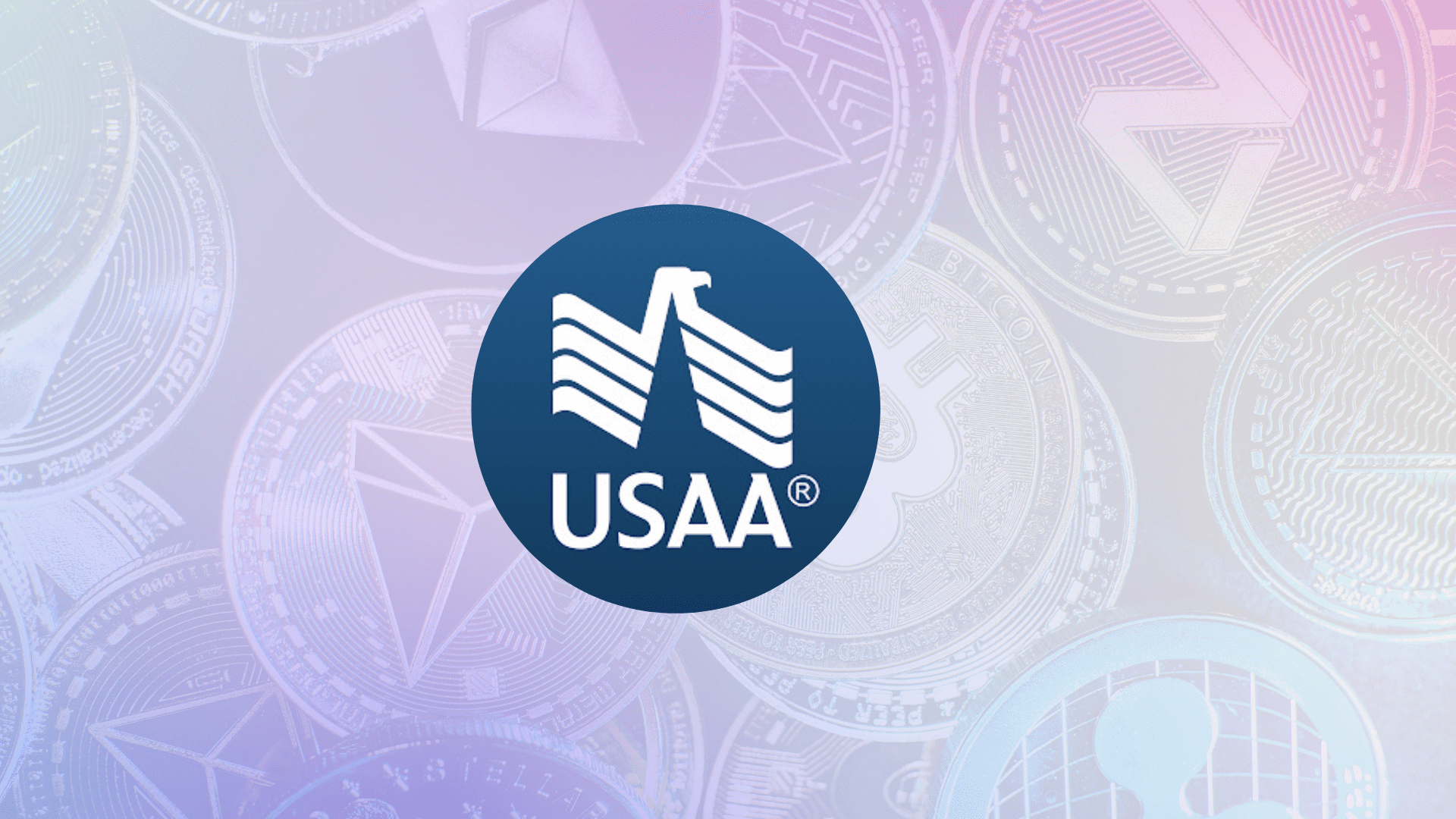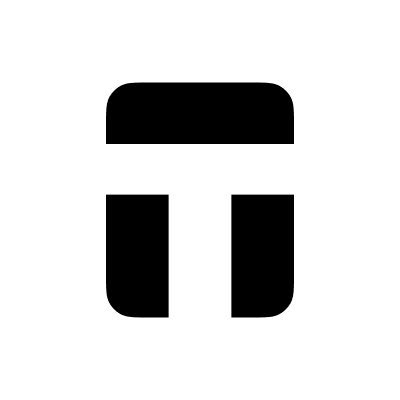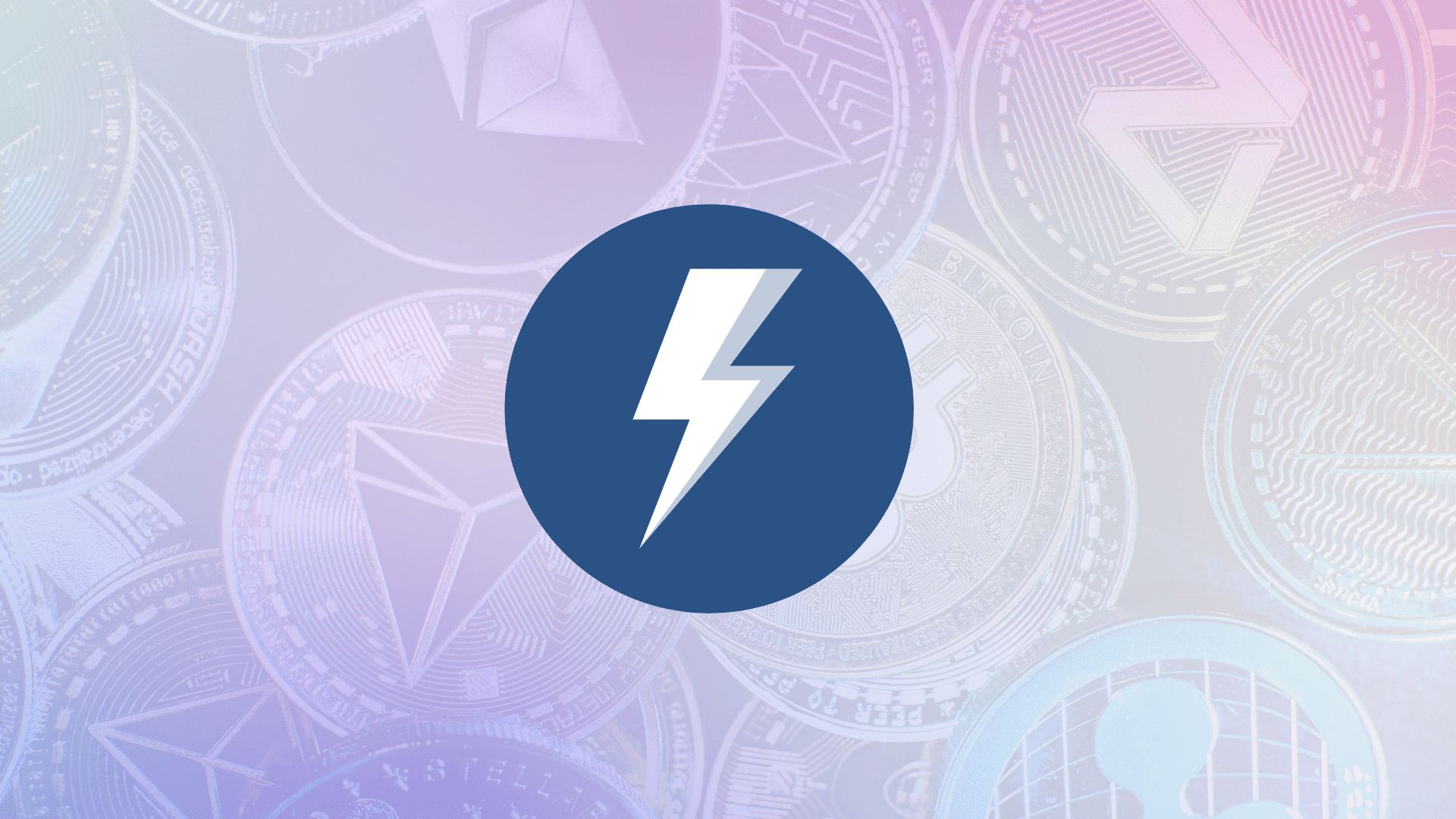At NFT Droppers, we provide the latest crypto news, in-depth project information, and comprehensive market insights. Launched in 2022, our platform covers new token launches, market trends, and detailed reviews of crypto and NFT projects. We offer reliable ratings based on 70+ evaluation factors, including tokenomics, roadmaps, and team authenticity. Whether you’re an investor or a crypto enthusiast, NFT Droppers keeps you informed with accurate, up-to-date information and expert analysis.
How to Deposit Cash into a USAA Savings Account?

Table of Contents
Getting cash into your USAA savings account can feel like a proper faff, especially when there’s no branch round the corner. USAA’s a cracking bank for military folks and their families, with no monthly fees and solid interest rates, but its online-first model means depositing cash isn’t as simple as popping into a high-street bank. I’ve been navigating financial systems for years, from dodging dodgy fees to maximising savings, and I’m here to cut through the hassle. This guide lays out every practical way to get your dollars into your USAA savings account, whether you’re near an ATM or stuck miles from one. We’ll cover costs, pitfalls, and pro moves to keep your money safe and growing—all in USD for you American savers.
Why Depositing Cash with USAA Is Tricky
USAA Federal Savings Bank is built for convenience, offering 24/7 mobile banking and free ATM withdrawals at over 100,000 locations. But here’s the rub: with only a handful of physical branches—mostly in Texas, Colorado, and New York—cash deposits are a challenge for most members. Unlike Chase or Wells Fargo, where you can stroll into a branch and hand over your notes, USAA leans on ATMs, money orders, and digital workarounds. That’s not a flaw; it’s just their model—low overheads mean better rates, but you’ve got to be savvy to make it work.
The good news? There are solid ways to deposit cash, whether you’ve got $50 from a garage sale or $5,000 from selling your old car. The key is knowing your options and picking the one that’s cheapest and safest for you. Let’s break it down like a battle plan, so you’re not left clutching cash with nowhere to put it.
Your Options for Depositing Cash into a USAA Savings Account
USAA offers a few paths to get cash into your savings account, each with its own pros and cons. I’ve laid them out below, with step-by-step instructions, costs in USD, and tips to avoid headaches. Whether you’re near a USAA ATM or out in the sticks, there’s a way to make it happen.
Option 1: Deposit Cash at a USAA ATM
If you’re lucky enough to live near a USAA ATM that accepts cash deposits, this is your quickest bet. USAA partners with networks like Allpoint, MoneyPass, and PNC Bank, offering over 100,000 ATMs nationwide, but only specific ones take cash deposits. Here’s how to do it:
- Find a USAA ATM: Head to the USAA ATM locator on their website or mobile app. Filter for “Deposit Cash” to narrow it down. For example, some ATMs in San Antonio or near military bases like JBLM might work, but availability varies.
- Prepare Your Cash: Count your bills and ensure they’re crisp—no torn or crumpled notes, as ATMs can be picky. Most accept $20, $50, and $100 bills, up to $10,000 per transaction.
- Visit the ATM: Bring your USAA ATM or debit card. Insert it, enter your PIN, and select “Deposit Cash.” Follow the prompts to insert your bills—usually without an envelope.
- Confirm the Deposit: The ATM counts your cash and shows the total. Accept it, and you’ll get a receipt. Funds typically hit your savings account within 1-2 business days, though up to $200 may be available instantly.
Cost: $0—USAA doesn’t charge for ATM deposits at supported machines.
Pros: Fast, free, and secure. No middleman touching your cash.
Cons: Sparse deposit ATMs—some members report the nearest one’s hundreds of miles away, like Las Vegas for folks in Oregon. ATMs can also malfunction or have limits (e.g., $5,000 daily).
Tip: Check the ATM’s status online before heading out, and keep your receipt until the funds clear. If the machine eats your cash, call USAA at 800-531-8722 immediately.
Option 2: Use a Money Order via Mobile Deposit
No USAA ATM nearby? No problem—money orders are a reliable workaround. You convert your cash into a money order, then deposit it using USAA’s mobile app. It’s not instant, but it’s safe and works anywhere. Here’s the drill:
- Buy a Money Order: Head to a post office, Walmart, or grocery store like Kroger. Bring your cash (up to $1,000 per money order). Make it payable to yourself. Fees are $0.50-$2 at USPS or $0.70-$1 at Walmart.
- Endorse the Money Order: Flip it over and sign the back in the endorsement area. Write “For mobile deposit only at USAA FSB” to lock it to your account. For extra security, add your account number, but don’t sign until you’re ready to deposit—unsigned money orders are like cash.
- Open the USAA App: Download it from the App Store or Google Play if you haven’t already. Log in, tap “Deposit” from the bottom menu, then “Deposit Into Bank Account.” Select your savings account.
- Scan the Money Order: Place it on a dark surface in good light. Use the app’s camera to snap front and back. Enter the amount (e.g., $500) and submit. Funds typically clear in 1-5 business days, though holds up to 7 days are possible.
Cost: $0.50-$2 per money order. USAA’s mobile deposit is free.
Pros: Works anywhere with a post office or store. Secure—only you can deposit it. No need for an ATM.
Cons: Fees add up for frequent deposits (e.g., $10 for ten $1,000 money orders). Some stores limit you to $500-$1,000 per day. Mobile deposit can fail if the money order’s marked “Not for Mobile Deposit.”
Tip: Keep the money order stub until funds clear. If the app rejects it, call USAA—some users report success after manual review. Avoid buying from banks that restrict mobile deposits.
Option 3: Mail a Money Order
If mobile deposits aren’t your thing—say, the app’s glitchy or you don’t trust your phone’s camera—mailing a money order is a solid backup. It’s slower but foolproof for getting cash into your USAA savings account. Here’s how:
- Purchase a Money Order: Same as above—go to USPS, Walmart, or a store. Pay $0.50-$2 for up to $1,000, made payable to yourself.
- Order Deposit Slips: Log into USAA’s website and request free deposit slips from their banking section. These pre-print your account details, saving hassle.
- Endorse and Prepare: Sign the money order’s back and write your account number. Fill out the deposit slip with the amount and your savings account number (not your USAA member number—check your statement).
- Mail It: Use USAA’s free, postage-paid envelopes or your own. Send to: USAA Federal Savings Bank, ATTN: Bank Priority Mail 9861, 10750 McDermott Freeway, San Antonio, TX 78284-9908. USPS Priority Mail ($3-$8) adds tracking for peace of mind.
- Track and Confirm: Funds process the day USAA receives it, typically 3-7 days. Check your account online or call 800-531-8722 to confirm.
Cost: $0.50-$2 for the money order, plus $0-$8 for mailing (free with USAA envelopes).
Pros: No tech required—great for those wary of apps. Secure if mailed properly. Works for large sums (e.g., $5,000 across multiple money orders).
Cons: Slow—expect 5-10 days total. Risk of mail loss, though tracking mitigates this. Fees stack for big deposits.
Tip: Use certified mail ($4-$6) for deposits over $1,000 to ensure delivery. Store copies of the money order and slip until funds clear.
Option 4: Deposit at Another Bank and Transfer
If you’ve got a checking or savings account at a brick-and-mortar bank—like Chase, Bank of America, or a local credit union—you can deposit cash there and transfer it to USAA. It’s a bit of a detour, but it’s handy if ATMs are scarce. Here’s the play:
- Deposit Cash Locally: Visit your other bank’s branch or ATM. Hand over your cash or use their deposit ATM (no USAA card needed). Funds are usually available same-day, though some banks hold large deposits ($5,000+) for 1-2 days.
- Link Accounts: Log into USAA’s app or website. Under “Transfers,” add your external bank account using its routing (e.g., Chase’s 021000021) and account number. Verification takes 1-3 days with trial deposits.
- Transfer Funds: Once linked, select “Transfer Money” in the USAA app. Move cash from your external account to your USAA savings account. ACH transfers take 1-3 business days and are free with USAA.
- Confirm Arrival: Check your USAA savings balance online. If funds don’t show in 5 days, call both banks to trace the transfer.
Cost: $0 for USAA transfers. External banks may charge $0-$5 for outgoing ACH, though credit unions like Navy Federal often waive this. Cash deposits are free at your bank’s branch or ATM.
Pros: Fast deposits at local banks—ideal for frequent cash (e.g., selling furniture). No money order fees. Scalable for large sums.
Cons: Needs another bank account, which could have fees (e.g., Chase’s $12/month unless waived). Transfers aren’t instant. Risk of holds on big deposits.
Tip: Open a free account at a credit union or online bank like Ally for cash deposits. Link it to USAA ahead of time to avoid delays when you’ve got cash burning a hole in your pocket.
Option 5: Prepaid Debit Card Workaround
For a less common but flexible option, use a prepaid debit card to turn cash into digital funds for your USAA savings account. It’s a bit fiddly, but it works if other methods aren’t viable. Here’s how:
- Buy a Prepaid Card: Pick one at Walmart, CVS, or Rite Aid—Visa or Mastercard prepaid cards are best (e.g., Netspend, $5-$10 to buy). Load it with your cash, up to $500-$1,000 depending on the card. Activation fees are $0-$3.
- Link to USAA: Log into USAA’s website or app. Under “Transfers,” add the prepaid card as an external account. Some cards (like Netspend) provide a routing and account number—treat it like a bank. Verification takes 1-3 days.
- Transfer Funds: Move money from the prepaid card to your USAA savings account via ACH transfer. Limits vary (e.g., $500/day), and it takes 1-3 days.
- Check Balance: Confirm funds hit your savings account. Reload the card for future deposits if needed, though fees can apply ($2-$5 per reload).
Cost: $5-$10 to buy the card, $0-$5 per reload, $0-$3 for transfers. USAA’s side is free.
Pros: Available at stores nationwide—no bank or ATM needed. Reusable for small, regular deposits.
Cons: Fees pile up—$10-$20 for a $500 deposit isn’t cheap. Not all cards link easily to USAA. Slow compared to ATMs.
Tip: Shop for low-fee cards like Bluebird by American Express ($0 reload at Walmart). Avoid this for large sums—money orders or local banks are better.
Tips to Avoid Common Pitfalls
Depositing cash sounds simple, but the real world’s messy. Here’s how to stay sharp and keep your money safe:
- Check ATM Availability First: USAA’s ATM locator isn’t always spot-on. Call 800-531-8722 to confirm a machine takes cash before driving hours.
- Beware Money Order Scams: Only buy from trusted places like USPS or Walmart. Fake money orders can bounce, leaving you out of pocket.
- Secure Your Mail: For mailed deposits, use tracking or certified mail. Never send cash—it’s a magnet for theft.
- Monitor Holds: Large deposits ($5,000+) may face holds up to 7 days. Plan ahead if you need funds fast.
- Keep Records: Save receipts, stubs, or photos of your cash, money orders, or deposits until funds clear. Disputes are easier with proof.
- Avoid Non-USAA ATMs: Depositing cash at random ATMs often incurs fees ($2-$5) and delays. Stick to USAA’s network.
These moves keep your cash safe and your savings growing, no matter where you’re banking from.
Why Choose a USAA Savings Account?
USAA’s savings accounts are a solid pick for military members and their families. Here’s why they’re worth the extra step for cash deposits:
- No Fees: No monthly maintenance or minimum balance fees, unlike Chase’s $5-$12/month for basic savings.
- Interest Rates: USAA’s standard savings offers 0.05%-0.10% APY, modest but competitive for no-minimum accounts. Their Performance First Savings (minimum $10,000) can hit 0.50%-1.00% APY.
- Access: Free ATM card for withdrawals (not purchases) and 24/7 app access to track your balance.
- Flexibility: Deposit via ATMs, mobile, mail, or transfers. Pair it with a USAA checking account for seamless money moves.
The catch? Cash deposits take effort, but that’s the trade-off for a bank tailored to mobile, military life. If you’re often flush with cash, consider a local credit union as a sidekick.
FAQs About Depositing Cash into a USAA Savings Account
Can I deposit cash directly at a USAA branch?
Yes, but only if you’re near one—USAA has just a few branches, like in San Antonio or Colorado Springs. Most members rely on ATMs or money orders.
How much does it cost to deposit cash?
ATM deposits are free. Money orders cost $0.50-$2 each, plus $0-$8 for mailing if not using USAA’s envelopes. Prepaid cards run $5-$20 per deposit. Transfers from other banks are usually free.
How long does it take for cash to show in my account?
ATM deposits clear in 1-2 days, with $200 often available instantly. Mobile money orders take 1-5 days, mailed ones 5-10 days. Transfers from other banks hit in 1-3 days.
What if there’s no USAA ATM near me?
Use a money order (mobile or mail) or deposit at a local bank and transfer. Prepaid cards work too, but they’re pricier. Check USAA’s ATM locator regularly—new machines pop up.
Is it safe to mail a money order?
Yes, if you use tracking or certified mail and endorse it properly. Never mail cash—it’s too risky. Keep copies until funds clear.
Conclusion
Depositing cash into your USAA savings account isn’t as slick as a high-street bank, but it’s far from impossible. Whether you’re hitting a rare USAA ATM, snapping a money order on your phone, or routing funds through a local bank, you’ve got options to make it work. The key is picking the path that’s cheapest and safest for you—ATMs for speed, money orders for reach, or transfers for scale. USAA’s built for warriors, not walk-ins, so embrace the hustle and keep your savings stacking. Got cash burning a hole? Start with the ATM locator or grab a money order today. Your financial freedom’s worth the extra step.

Disclaimer: The information presented here may express the authors personal views and is based on prevailing market conditions. Please perform your own due diligence before investing in cryptocurrencies. Neither the author nor the publication holds responsibility for any financial losses sustained.
CRYPTO PAYMENT GATEWAY
 Crypto Cloud
Crypto CloudTOP EXCHANGES
BEST CRYPTO CASINO
BEST HARDWARE WALLET
 Tangem
Tangem
 Xyes Casino (Must Try)
Xyes Casino (Must Try) Stake.com
Stake.com Coins.Game Casino
Coins.Game Casino



